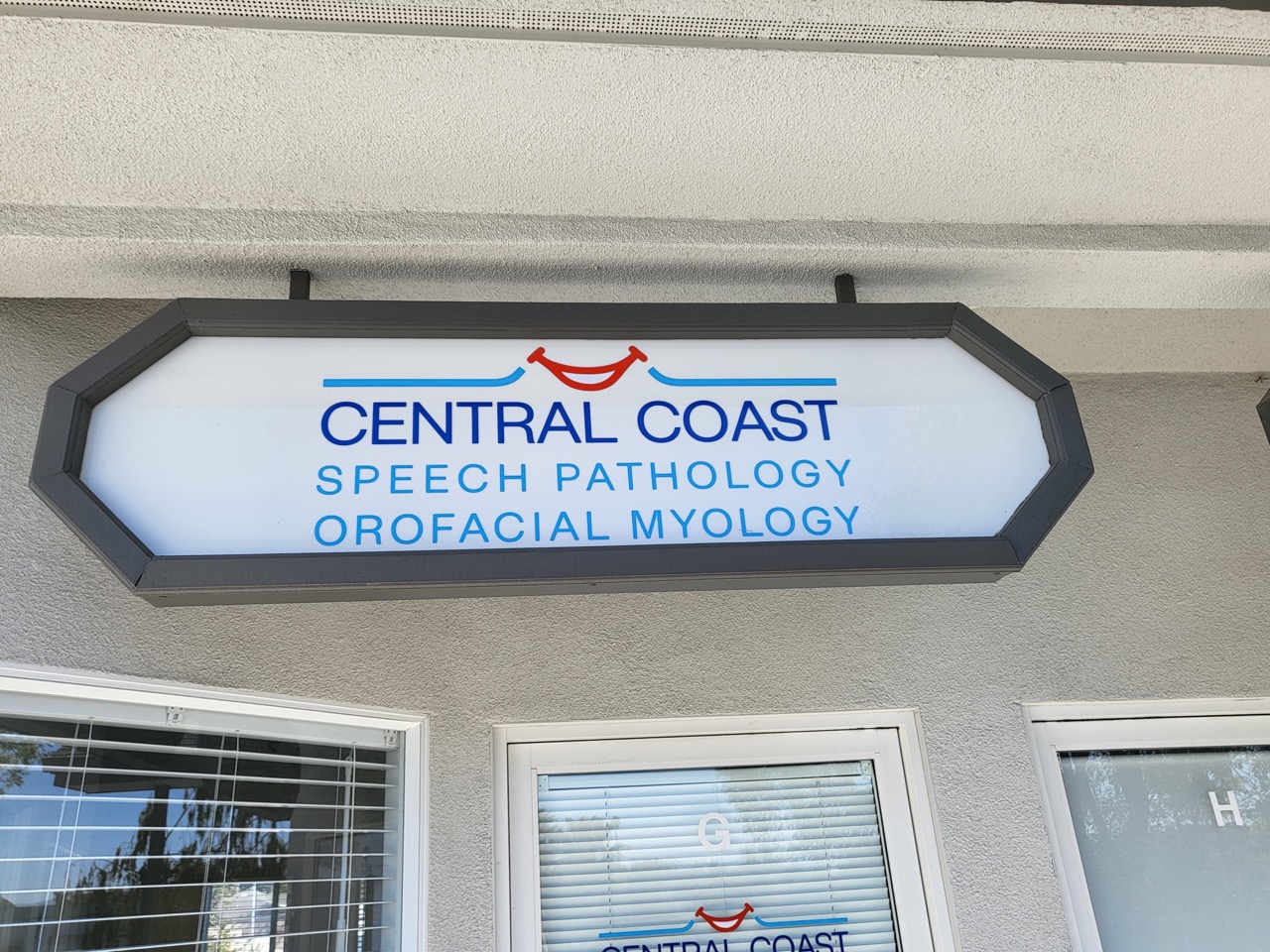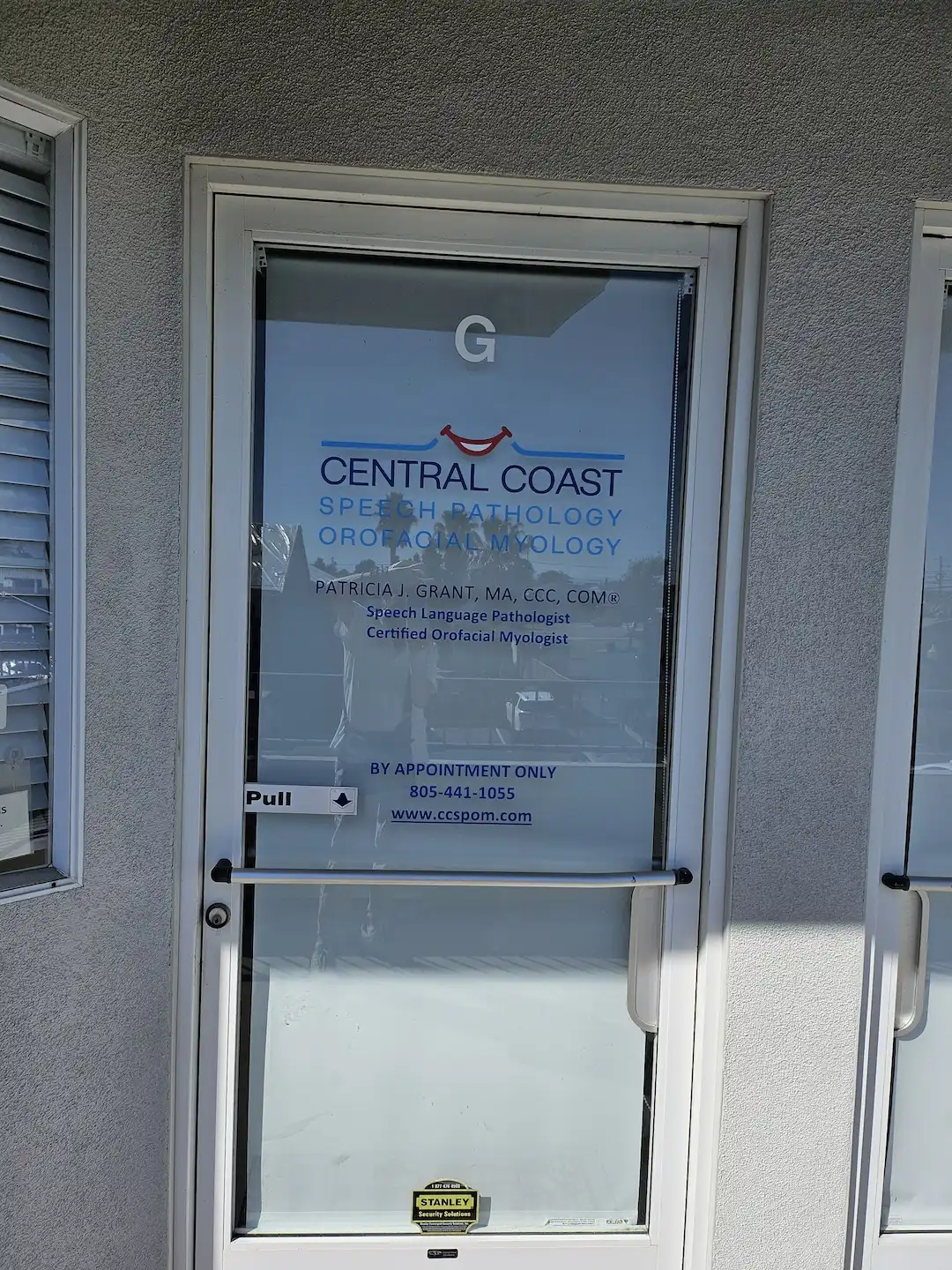Speech Sound / Articulation Disorders
As children learn to talk, they may say some speech sounds incorrectly. Most children can say most speech sounds by 4 years of age. A child who does not say sounds by the expected age may have a speech sound disorder. While it may seem a small issue, it can impede the child's ability to express him/herself and be understood by others. Frustration can result as well as negative reactions from peers (teasing).
We provide an evidence-based, proven and effective therapy program to help you express your best self that has been tested over 35 years.
Definition
Articulation disorders focus on errors such as substitutions and distortions during the actual motoric production of individual speech sounds.In addition, rule based errors or phonological processes can also be impacting the production of whole groups of sounds. Your child may substitute one sound for another, leave sounds out, add sounds or change a sound which can make it difficult for others to understand his/her word productions.

Signs and Symptoms
- Substitutions: 1 or more sounds substituted for another: titty tat/kitty kat, wabbit/rabbit
- Omissions: 1 or more sounds deleted: uh/up, cu/cup, poon/spoon
- Additions: 1 or more sounds added to a word: puhlease/please, upa/up
- Distortions: Sounds that are altered or changed (lateral lisp)
- Syllable Level Errors: weak syllables deleted: tephone/telephone
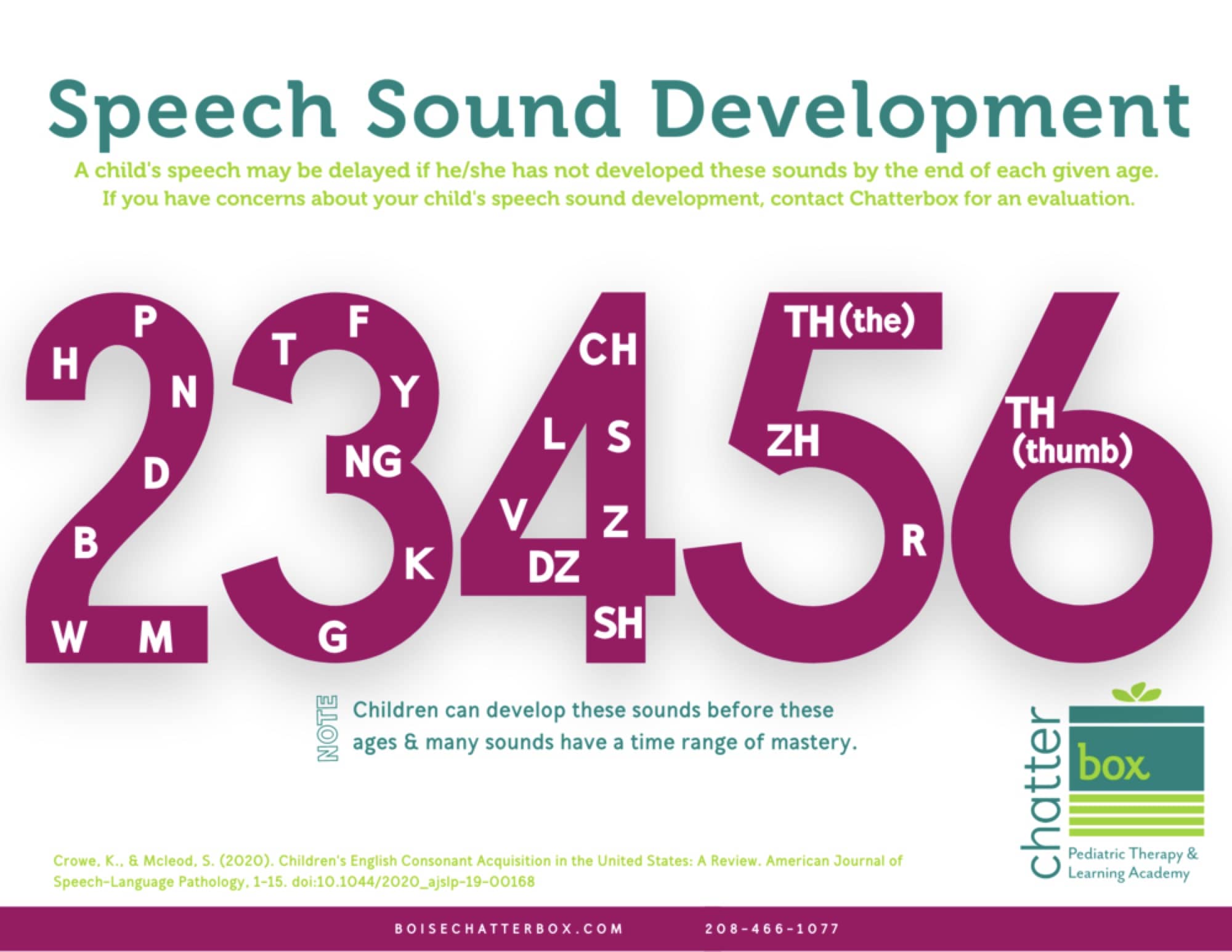
Treatment
CCPOM utilizes a motor-based approach for both children and adults with Speech Sound Disorders. Therapy goals include:
- Increasing awareness of the speech mechanism and its parts
- Inhibiting abnormal speech movement patterns
- Facilitating normal speech movement patterns
- Achieving successful, automatic speech sound production in conversation.
- Treatment typically involves a weekly visit with the therapist combined with an individualized daily home practice program.
DAILY REPETITIVE PRACTICE OF MOVEMENTS AND/OR SOUNDS IS REQUIRED
Resources: www.asha.org/Practice-Portal/Clinical-Topics Sacks, Stephen: The SATPAC Approach: 2020 webinar
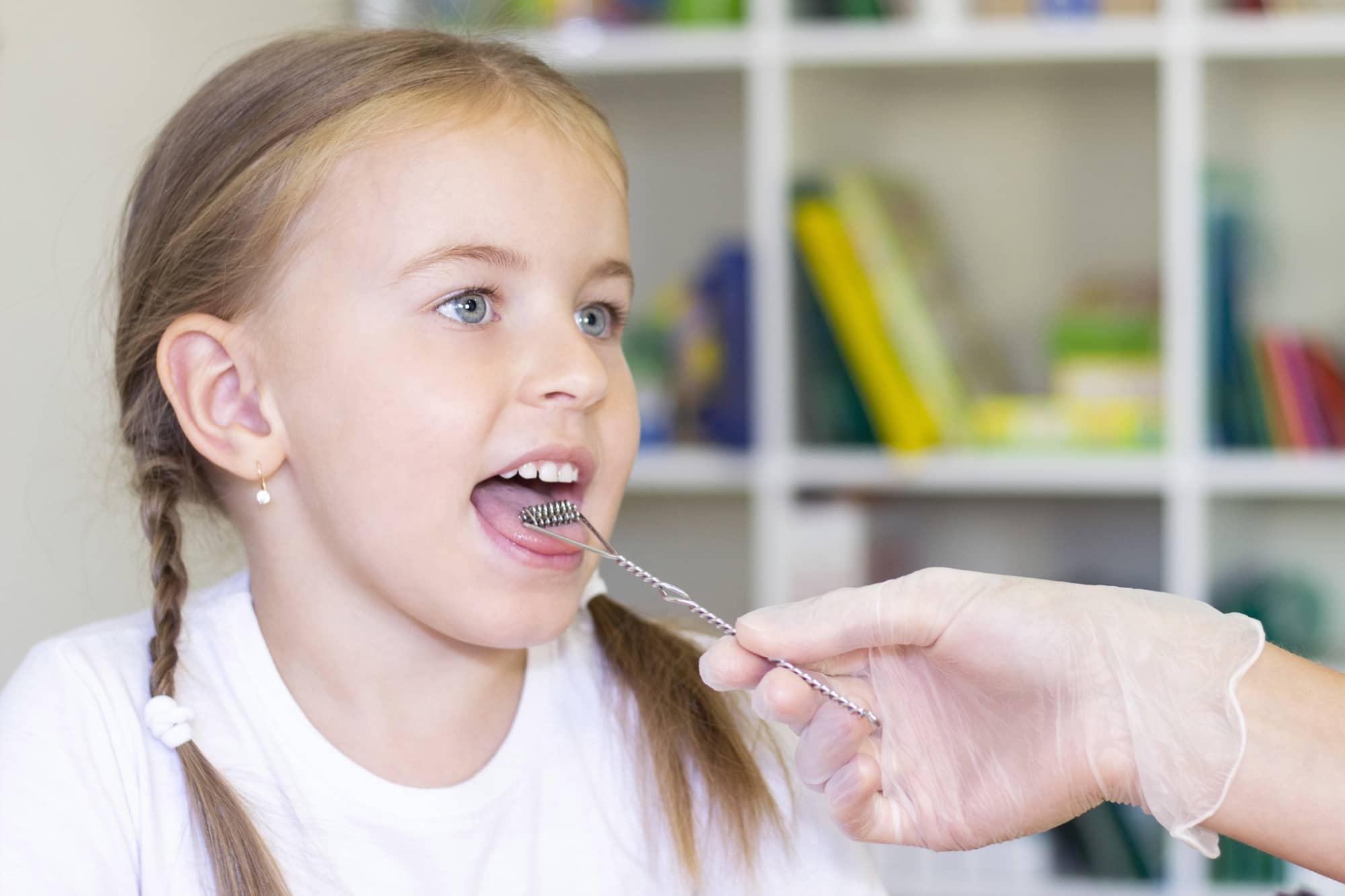
OROFACIAL MYOFUNCTIONAL DISORDERS
Orofacial myofunctional disorders (OMDs) are abnormal movement patterns and resting postures of the face and mouth that interfere with normal growth, development, and function of the orofacial structures including the teeth.

Stuttering
Stuttering is a communication disorder characterized by excessive involuntary disruptions in the smooth and rhythmic flow of speech, particularly when such disruptions consist of repetitions or prolongations of a sound or syllable, and when they are accompanied by emotions such as fear and anxiety, and behaviors such as avoidance and struggle.

Childhood Apraxia of Speech
Most children learn to speak with little difficulty and can easily be understood by adults and peers. In contrast, children with childhood apraxia of speech (CAS) struggle to learn speech sounds,syllables, and words and experience frustration when attempting to communicate.
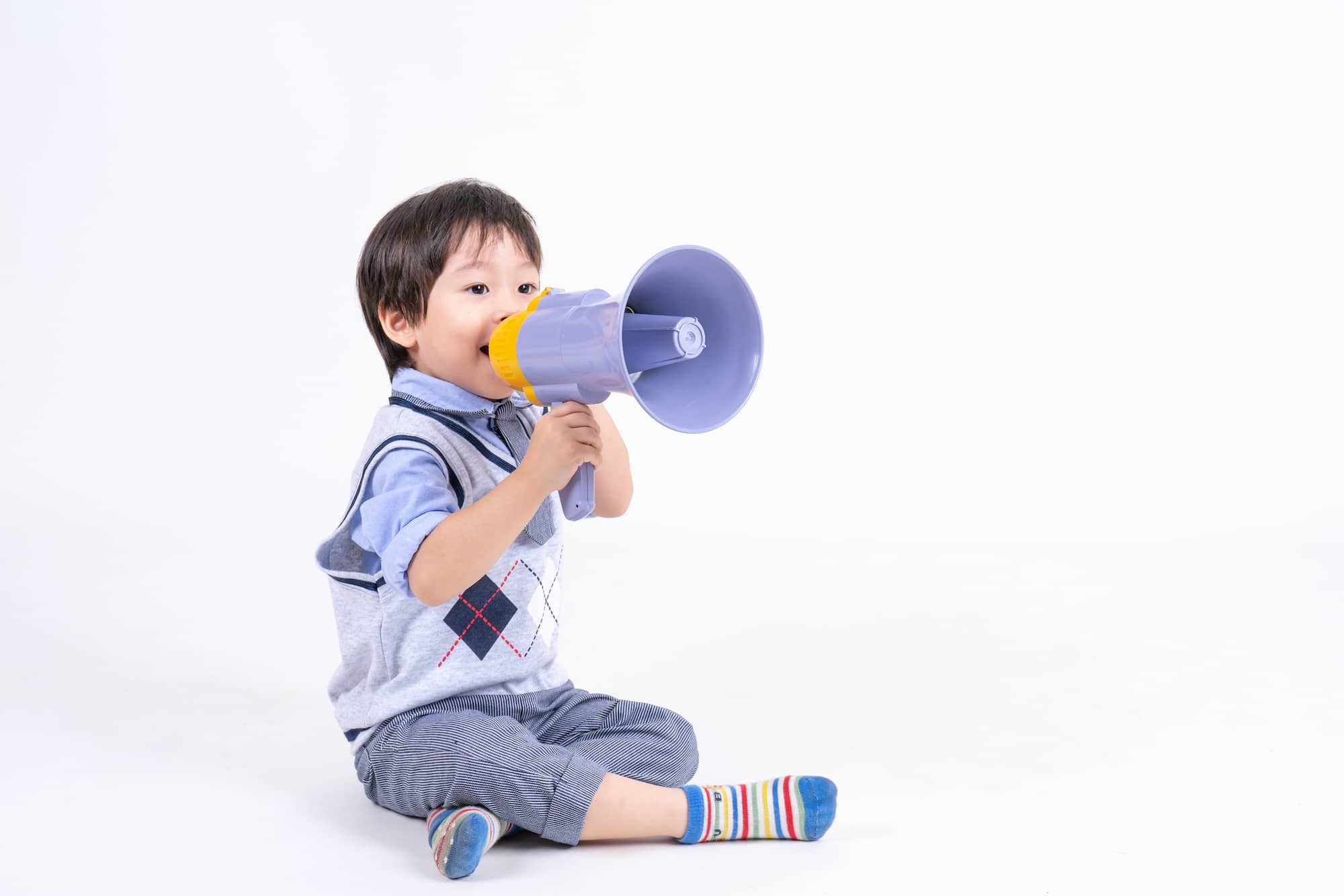
Speech Sound / Articulation Disorders
Articulation disorders focus on errors such as substitutions and distortions during the actual motoric production of individual speech sounds.In addition, rule based errors or phonological processes can also be impacting the production of whole groups of sounds.
